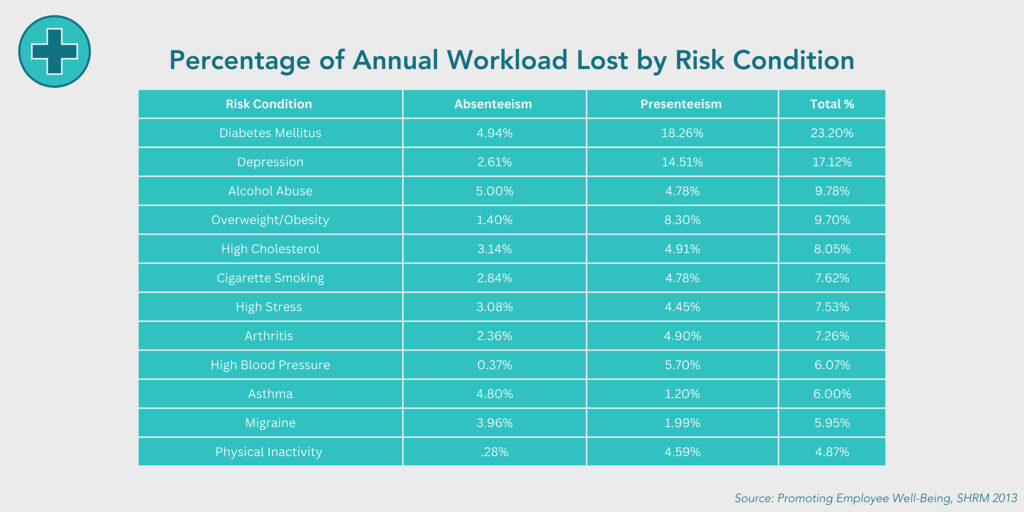
As most of you know, I am incredibly passionate about the pursuit of health and wellness; specifically, in my desire to help people reverse obesity and type-2-diabetes. However, my day job is to convince business owners, senior executives, diversity and inclusion managers, and HR leadership that they should sincerely care about their employees above and beyond meeting the legal requirement to offer them a health insurance option. In some industries, the take rate on health insurance is in the single digits percentage wise. This is of course because of the ever-increasing cost of both healthcare and health insurance. Having said that, urgent care, primary care and almost every facet of wellness can now be delivered over telemedicine platforms; this means efficiency, accessibility, and affordability.
The reality is that there is a significant and material, immediate and long-term return on investment for all companies, whether fully insured or self-insured to take advantage of these technologies and to deliver affordable and accessible health and wellness solutions to every single employee, especially those that must turn down the health insurance offered because they simply cannot afford it. However, above and beyond even lower-wage-earning jobs, everyone, from every economic bracket is impacted by chronic diseases. I’ve taken the time to write this blog from the perspective of what a chronic disease like obesity or type two diabetes is costing employers in the US; and of course, underscoring how platforms like Epiq MD can help to mitigate and eliminate some of these costs.
Chronic diseases are becoming increasingly common in the workforce, with conditions such as type 2 diabetes, hypertension, and obesity affecting a growing number of employees. These conditions can have significant costs for employers, both in terms of direct healthcare costs and indirect costs related to productivity losses and absenteeism. However, by implementing wellness programs that target these chronic conditions, employers can help mitigate and reduce these costs while improving the health and well-being of their employees.
Costs of Chronic Diseases for Employers
The costs of chronic diseases for employers can be substantial. Direct healthcare costs can include medical treatment and management for the condition, while indirect costs can include productivity losses and absenteeism related to the condition. For example, employees with type 2 diabetes may require more medical attention and management, resulting in higher healthcare costs for their employer. These employees may also experience productivity losses and absenteeism related to their condition, further increasing costs for their employer. Additionally, when multiple chronic conditions are present in an employee, costs can be even higher.
Benefits of Wellness Programs for Employers
Wellness programs that target chronic conditions can help employers reduce costs and improve the health and well-being of their employees. By preventing, detecting, and managing chronic conditions, wellness programs can reduce healthcare costs, improve productivity, and reduce absenteeism, and potentially lead to reduced insurance premiums and higher employee retention. Furthermore, these programs can improve employee morale and well-being, which can have positive effects on the overall work environment.
Prospective Returns on Investment of Wellness Programs
Wellness programs targeting chronic conditions can have a positive return on investment for employers. Studies have shown that these programs can lead to reduced healthcare costs and improved productivity, resulting in potential returns on investment ranging from $1.50 to $3.80 per dollar spent on the program. Successful wellness programs have included a variety of interventions, such as physical activity promotion, healthy eating initiatives, stress management, and smoking cessation programs. However, it’s important to note that the success of these programs depends on proper program design and implementation, as well as the unique characteristics of the employer population.
The Role of Telemedicine Platforms in Wellness Programs
Telemedicine platforms can play an important role in making wellness programs more accessible and affordable for employees. These platforms allow employees to access health coaching, disease management, and other wellness interventions remotely, reducing the need for in-person visits and potentially increasing program participation rates. Telemedicine-enabled wellness programs have shown positive outcomes, including improvements in chronic disease management, increased physical activity levels, and reduced healthcare costs.
In closing…
Chronic diseases have significant costs for employers, but wellness programs targeting these conditions can help mitigate and reduce these costs while improving the health and well-being of employees. By properly designing and implementing these programs, employers can achieve a positive return on investment and create a healthier, more productive workforce.
Additionally, by utilizing telemedicine platforms like Epiq MD, employers can make these programs more accessible and affordable, potentially leading to even greater program success and cost savings.
Share
